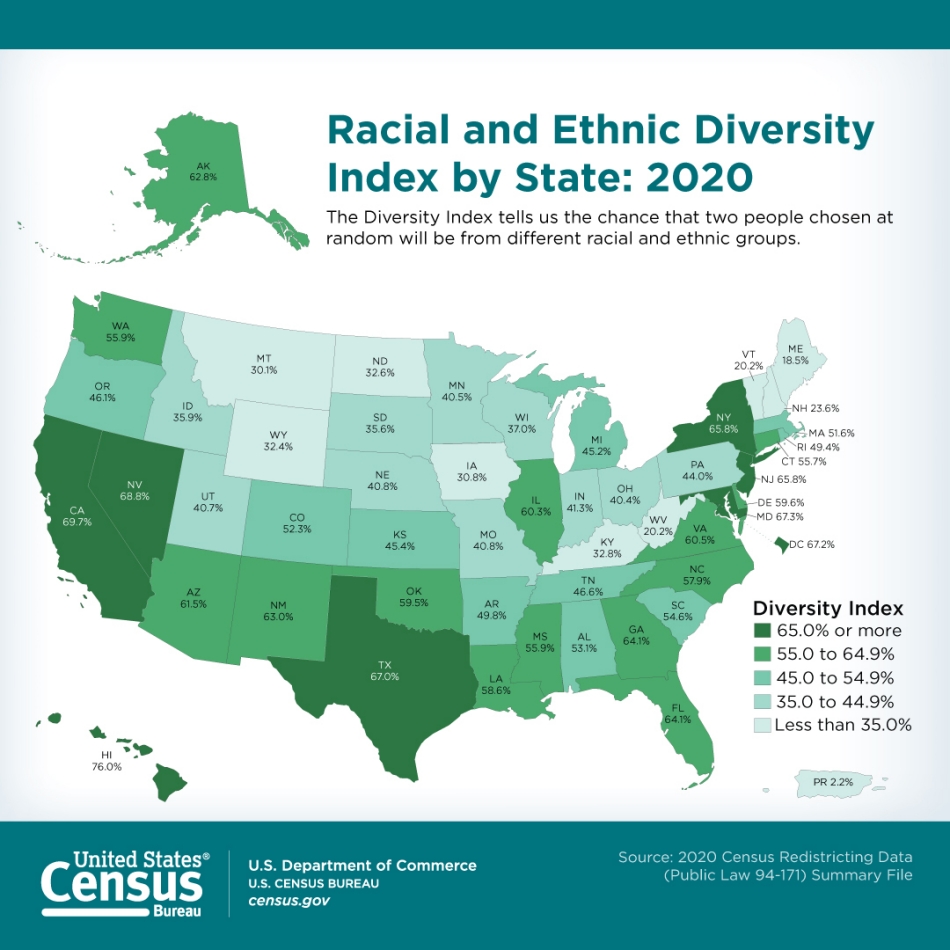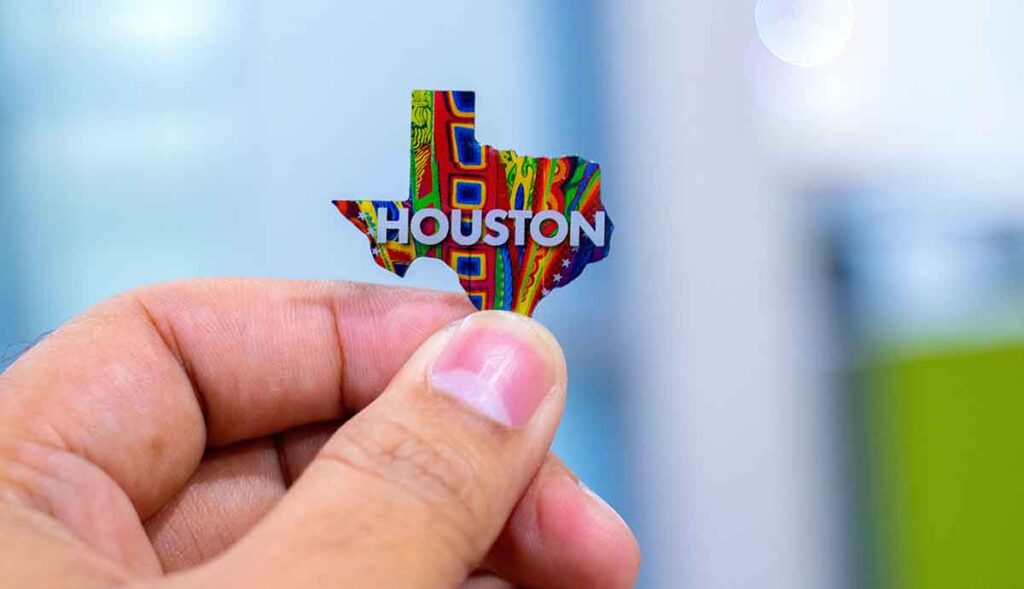The population of Houston speaks 145 languages; providing patients with language services isn’t always easy, but it’s crucial.

Not only is Texas one of the most populous states in the U.S., it’s also one of the most diverse.
Based on the 2020 Census Diversity Index (DI), Texas ranks 5th behind Hawaii, California, Nevada, and Maryland. The DI measures the likelihood of two residents picked at random having different racial or ethnic backgrounds. For Texas, that probability is 67%.
So it’s no surprise that residents of Houston, the largest city in the Lone Star State, speak 145 languages. (Everything is bigger in Texas, indeed!)
And while language diversity brings a richness of culture, identity, and community, there are also struggles. Individuals who speak a language other than English don’t have the same access to basic services, like healthcare, that their English-speaking neighbors do. It’s usually up to those who serve these more vulnerable populations to ensure language barriers don’t become barriers to receiving quality care.
Providing patients with services in the language they speak isn’t always easy, but it’s crucial — especially during the fight against a deadly pandemic.
Making the switch from on-site interpreting to phone interpreting
COVID-19 changed everything. For Erin Mulpur and Travis Turner, both working in patient services at Houston Methodist, COVID made them rethink how they communicate with non-English-speaking patients.
In a recently published paper, the pair explain how Houston Methodist mostly used on-site interpreters in the days before COVID. The system also relied on telephone and video remote interpreting (VRI), of course, but only when they had to.
But, like most healthcare facilities in the beginning of the pandemic, Houston Methodist had to come to terms with a few things:
- The lack of personal protective equipment (PPE);
- The difficulty the staff had using video equipment when in full PPE; and
- The video equipment crowded an already-tight room and required cleaning after each use.
These factors led them to realize that the way they were using interpreting services wasn’t going to cut it.
Related: Learn How Telephone Interpreting Works
Touch-free phone interpreting with “wearable” tech
Right before the pandemic hit, Houston Methodist adopted wearable, voice-activated communication technology. The devices were worn on the chest and allowed clinicians throughout the health system to collaborate with each other on patient care.
The team had an idea. Because these wearable devices were already in use, what if they added their telephone interpreting phone number to the tech? This way, the clinicians could quickly access an interpreter with their voice — no extra sanitizing, no cumbersome equipment in the way.
Results: here’s what they learned
So they did. And here’s what they learned:
- The use of interpreting services doubled. While COVID increased the need for interpreting services, adding the phone number of their interpreting vendor to the badges made the services easier to access.
- Education was vital. Creating a new tool for language access provided a perfect opportunity for re-education on how to use interpreting services (and their importance).
- “The voice is coming from the practitioner; from their heart.” The “wearable interpreter” removed the physical barriers of a phone and video equipment, and clinicians reported they felt more connected to their patients.
What’s your solution?
We know what you’re thinking:
Will continued innovation in interpreting technology replace on-site interpreting? Of course not.
Should it be pushed on clinicians without input? We all know that won’t work.
And the authors agreed. Above all else, the team at Houston Methodist used some creative thinking to successfully continue to care for their patients with limited English proficiency when on-site interpreting wasn’t practical. And they urged like-minded healthcare systems to do the same.
Want more content like this? CLI’s Open for Interpretation newsletter has you covered. Sign up today.






